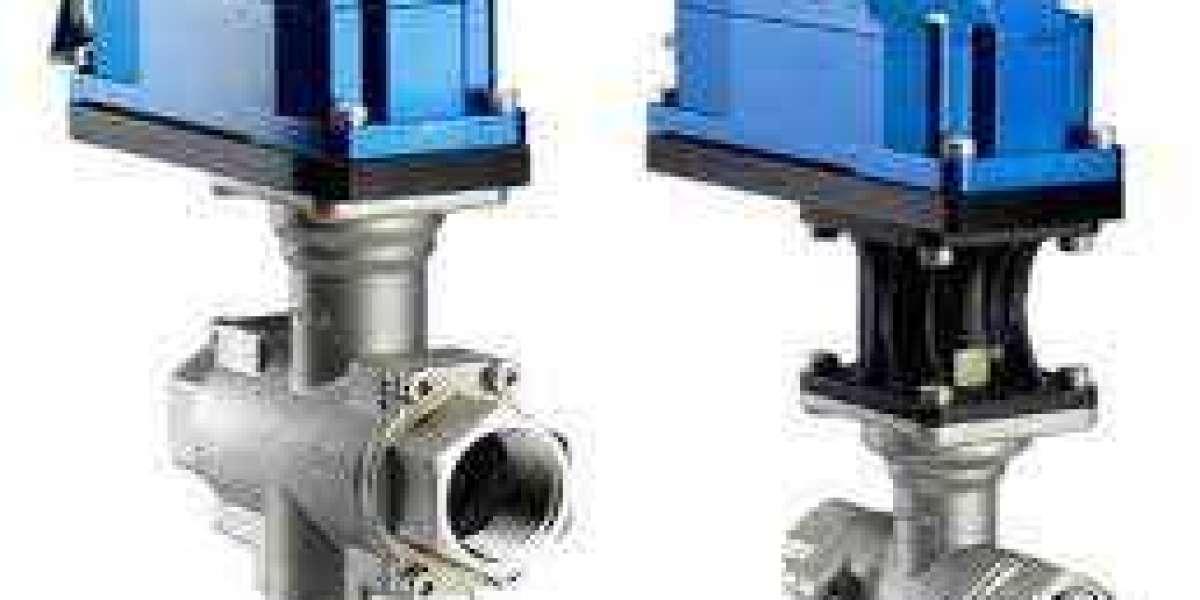The Growing Significance of Fault Detection and Classification in the Industrial Sector
Introduction:
In today's rapidly evolving industrial landscape, the need for efficient fault detection and classification (FDC) systems has become increasingly crucial. With the advent of sophisticated technologies and the rise of automation, the ability to swiftly identify and categorize faults in industrial processes is paramount for ensuring seamless operations, minimizing downtime, and optimizing overall productivity. This article delves into the burgeoning market of fault detection and classification, exploring its transformative impact on various industries and the key factors driving its rapid adoption.
Evolution of Fault Detection and Classification Systems:
The journey of fault detection and classification systems traces back to the early stages of industrial automation when rudimentary techniques were employed to identify anomalies and deviations in manufacturing processes. However, with the advancement of data analytics, machine learning, and artificial intelligence, modern FDC systems have evolved into highly sophisticated tools capable of real-time monitoring, analysis, and predictive maintenance. This evolution has revolutionized the way industries approach quality control and process optimization, fostering a culture of proactive maintenance and continuous improvement.
Get a Free PDF Sample Fault Detection Classification Market
Optimizing Operational Efficiency:
One of the primary benefits of robust FDC systems is their ability to optimize operational efficiency within industrial processes. By promptly detecting and classifying faults, these systems enable operators to swiftly intervene, rectify issues, and prevent potential downtime, thereby enhancing overall productivity and minimizing production losses. Through the integration of predictive analytics and machine learning algorithms, FDC systems can also forecast potential faults, enabling proactive measures to be taken, further streamlining operations and reducing the risk of costly disruptions.
Enhancing Quality Control Measures:
In industries where precision and quality control are paramount, FDC systems play a pivotal role in maintaining product integrity and adherence to stringent quality standards. By continuously monitoring and analyzing various parameters, these systems can identify deviations in manufacturing processes, ensuring that products meet predefined specifications and regulatory requirements. This not only enhances customer satisfaction but also safeguards the reputation and credibility of businesses operating in highly competitive markets.
Impact on Cost Reduction and Maintenance:
The implementation of robust FDC systems contributes significantly to cost reduction and efficient maintenance practices. By minimizing downtime and preventing unexpected equipment failures, these systems help businesses save on repair and replacement costs while extending the lifespan of critical industrial assets. Furthermore, the data-driven insights provided by FDC systems facilitate predictive maintenance strategies, allowing for timely interventions and eliminating the need for costly emergency repairs, thereby optimizing overall operational expenditure.
Market Expansion and Future Outlook:
The FDC market has witnessed substantial growth in recent years, fueled by the increasing adoption of automation and the growing emphasis on operational efficiency across various industries, including manufacturing, energy, pharmaceuticals, and automotive. With the continued integration of advanced analytics and artificial intelligence, the FDC market is poised for further expansion, offering businesses unprecedented opportunities to optimize production processes, improve product quality, and ensure sustainable growth in an increasingly competitive global landscape.
Challenges and Opportunities:
Despite the significant benefits offered by FDC systems, their implementation is not without challenges. Businesses often encounter obstacles related to the integration of complex data streams, the need for skilled personnel capable of interpreting and acting upon FDC insights, and the initial investment required for the deployment of advanced FDC infrastructure. Overcoming these challenges necessitates a holistic approach, including comprehensive training programs, enhanced data management strategies, and a focus on developing user-friendly FDC interfaces to facilitate seamless adoption and integration.
Conclusion:
The rapid advancement of fault detection and classification systems has revolutionized the industrial sector, redefining the way businesses approach quality control, maintenance, and overall operational efficiency. As industries continue to prioritize streamlined processes, cost optimization, and enhanced productivity, the adoption of robust FDC systems will remain instrumental in driving sustainable growth and fostering a culture of continuous improvement, ultimately solidifying the position of FDC as an indispensable component of modern industrial operations.








